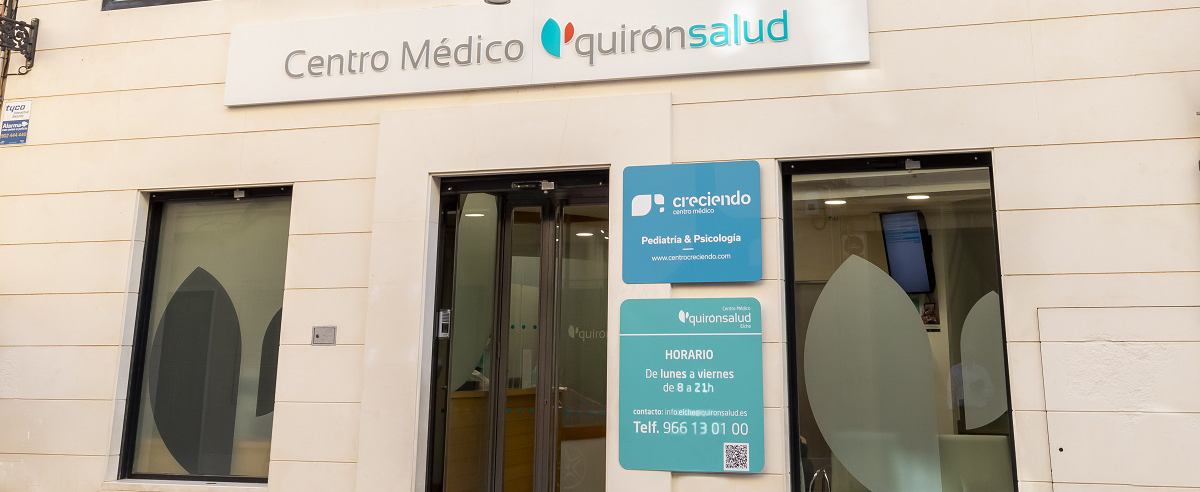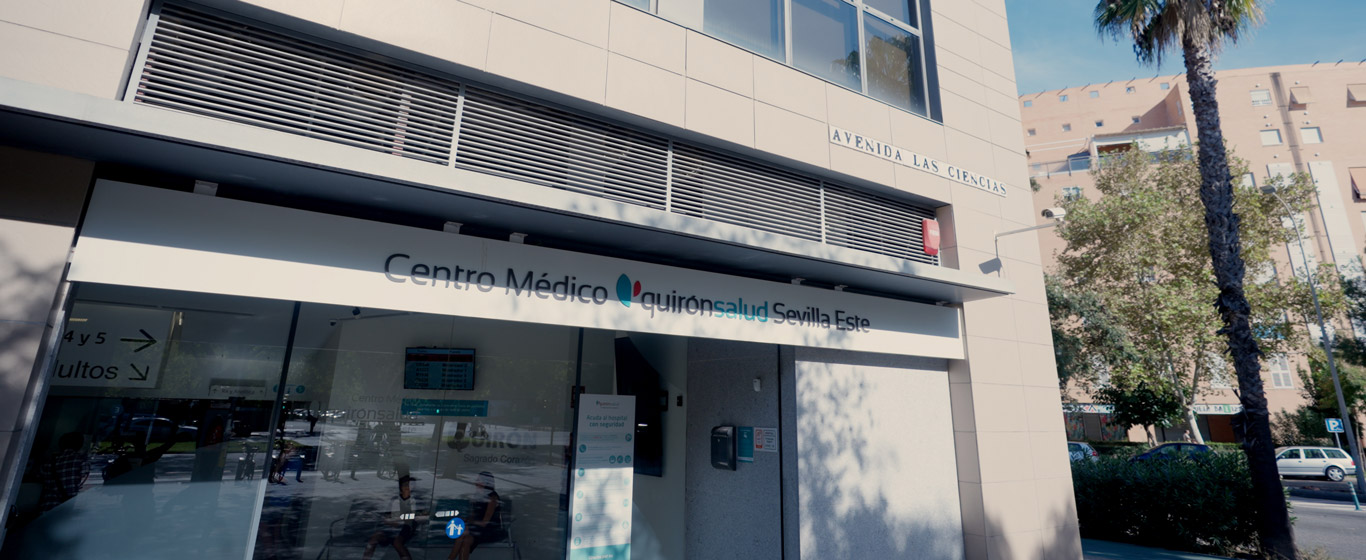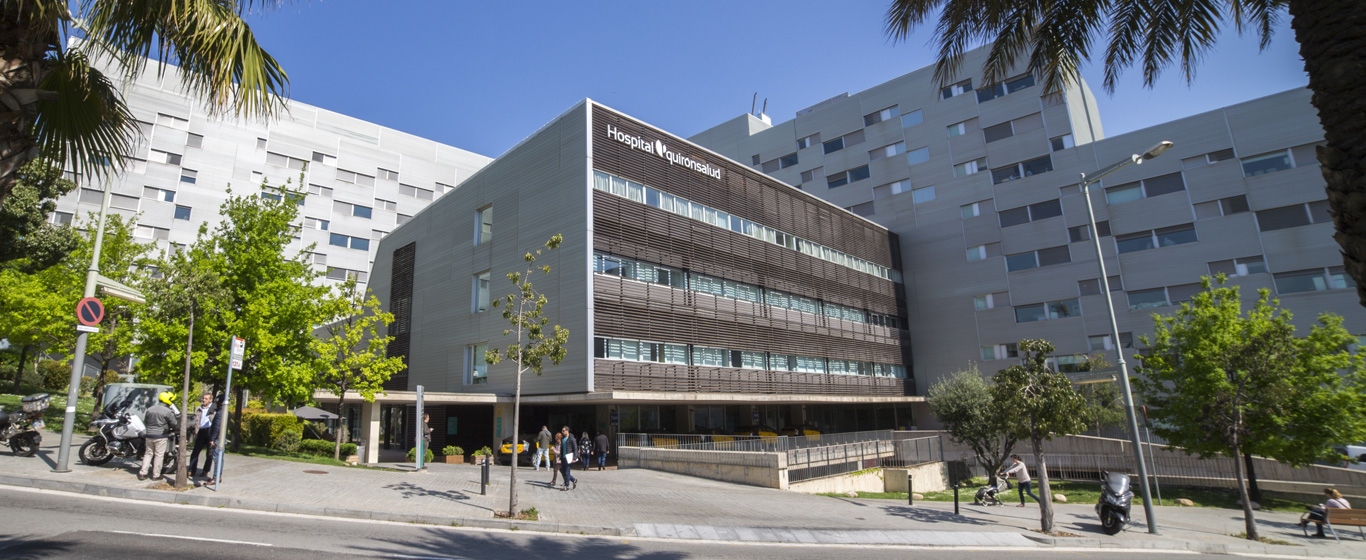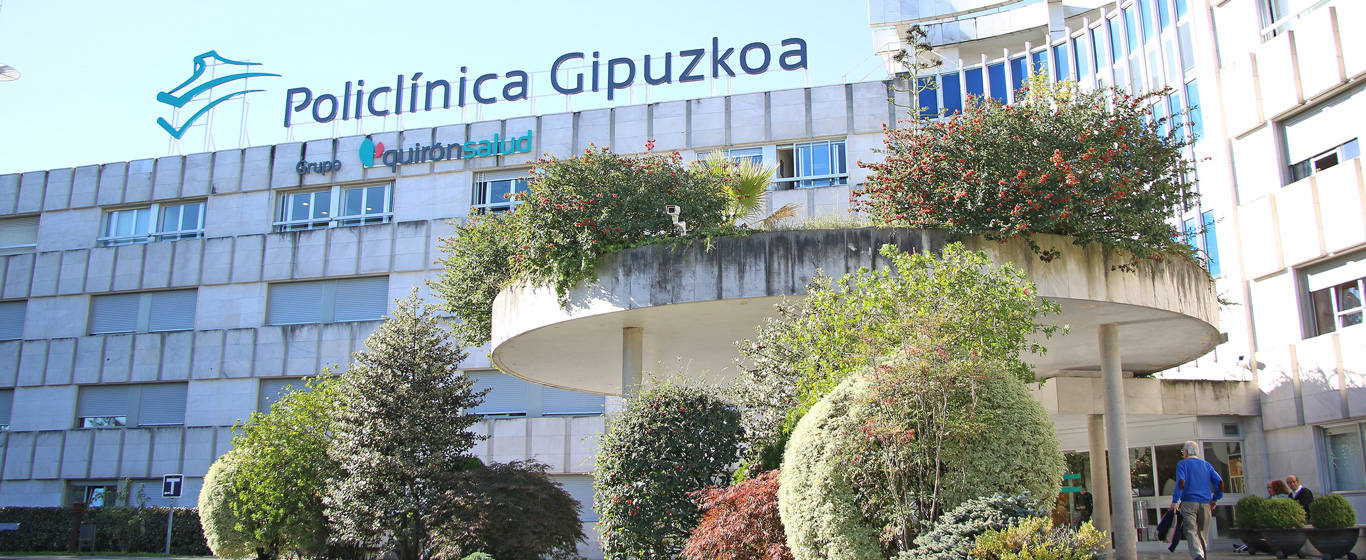Paternity Test
A paternity test is a forensic genetic test that compares the genetic fingerprint of parents and children to determine their biological relationship. The genetic fingerprint consists of specific DNA sequences known as genetic markers, which are short-length sequences that repeat consecutively.

General Description
A paternity test is a genetic study designed to confirm or exclude a biological relationship between the individuals tested. It works by comparing the genetic fingerprint of the individuals involved.
The genetic fingerprint is unique to each person (except in the case of monozygotic twins). DNA consists of protein-coding regions, known as genes, and non-coding regions. The latter contain numerous consecutive repetitions of short DNA sequences, ranging from two to seven bases, called microsatellites or STRs (short tandem repeats). Variations in the number of repetitions create different alleles (each of the gene’s variants). These microsatellites serve as the genetic markers used in paternity tests since, like the rest of genetic information, they are inherited from parents to children: each person carries two alleles per gene, one inherited from the father and the other from the mother. The genetic fingerprint, or DNA profile, is obtained by analyzing the genotypes (pairs of alleles) of several microsatellites.
The genetic markers analyzed in any laboratory are validated or recommended by various organizations, such as the International Society for Forensic Genetics (ISFG) or the Standardization of DNA Profiling Techniques in the European Union (STADNAP). Typically, between 15 and 40 markers are analyzed.
Depending on the purpose of the test or its intended use, paternity tests are classified into two types:
- Private use: These tests are requested for personal reasons and serve purely informational purposes. They can be anonymous, and the individuals involved can collect the required DNA samples themselves.
- Legally valid: These tests are performed for use in legal and judicial proceedings. Only a medical professional can collect the samples and certify the identity of the individuals involved. Additionally, it is essential to ensure the chain of custody from sample collection to the issuance of the laboratory report.
When is it indicated?
A paternity test is indicated for individuals who wish to confirm or exclude a biological relationship. It may be requested by the individual themselves or, in the case of a minor, with the consent of one parent or legal guardian.
How is it performed?
To conduct a paternity test, a DNA sample must be collected from the individuals involved, usually through blood or saliva samples. If the test is performed during the prenatal stage, a sample of maternal blood is typically used, as it contains a small amount of fetal DNA from the seventh week of pregnancy. A sample of amniotic fluid or placental cells can also be collected; however, as these are invasive procedures with a small risk of miscarriage, they are not recommended for this purpose.
To obtain the genetic fingerprint from STR markers, the DNA in the sample must first be amplified by producing millions of copies, a process known as amplification. This is achieved using polymerase chain reaction (PCR), a technique that employs a polymerase enzyme and primers—single-stranded DNA sequences specifically designed to complement the target DNA region that needs to be copied.
PCR uses heat to denature (or separate) the DNA double helix into two single strands. When the primers are added, they bind to the sample strands through base-pair complementarity. The polymerase then extends the primers by adding nucleotides to their ends, forming two new DNA strands identical to the original. This cycle is repeated multiple times until a sufficiently amplified DNA product is obtained.
To visualize and analyze the amplified sample, a technique known as capillary electrophoresis is used, which separates STRs based on their size. The sample is placed in a fused silica tube (capillary), where a buffer solution (an aqueous solution that maintains a constant pH) is added. An electric current is applied, causing the STRs to move: longer STRs (those with more repetitions) migrate more slowly, while shorter STRs (those with fewer repetitions) move faster. Once the STRs are separated, a staining process, usually with fluorescent substances, is applied to make them visible. The resulting pattern of bands, each corresponding to an STR marker, constitutes the genetic fingerprint that is analyzed in the paternity test.
Risks
Both maternal blood extraction and saliva sample collection are simple, non-invasive procedures that pose no health risks. However, the results of a paternity test can have significant personal and legal implications for the individuals involved, especially if the result is unexpected or undesired.
What to expect from a paternity test
A blood sample for DNA testing is collected at an accredited laboratory through venipuncture, using a needle inserted into the forearm. Saliva samples, on the other hand, can be collected either at a laboratory or at home using a specialized kit purchased from a certified center (this option is only available for private-use paternity tests). To collect the sample, a cotton swab is rubbed against the inner cheek lining (oral mucosa). The swab must then be stored in the appropriate container and delivered to the laboratory as soon as possible to minimize the risk of sample contamination.
When receiving and interpreting the results, it is crucial to understand that while a negative result excludes paternity with 100% certainty, a positive result only confirms it with a 99.99% probability. This probability can increase depending on the number of markers analyzed and the frequency of those values in the general population. The reason for this is that the absence of matching alleles in at least two markers completely rules out a biological relationship. However, to interpret the presence of at least one matching allele in all analyzed markers as confirmation of paternity, a statistical assessment must be performed to determine the frequency of those alleles in the population (population data is obtained from existing scientific studies). The lower the percentage of the population with the same alleles, the higher the probability of an actual biological relationship.
Medical Specialties That Request Paternity Tests
The medical specialty responsible for conducting paternity tests is genetics.
How to prepare
Before deciding to undergo a paternity test, it is important to carefully consider all possible scenarios and the potential family and legal consequences. It is also advisable to plan different courses of action depending on the possible outcomes.




















































